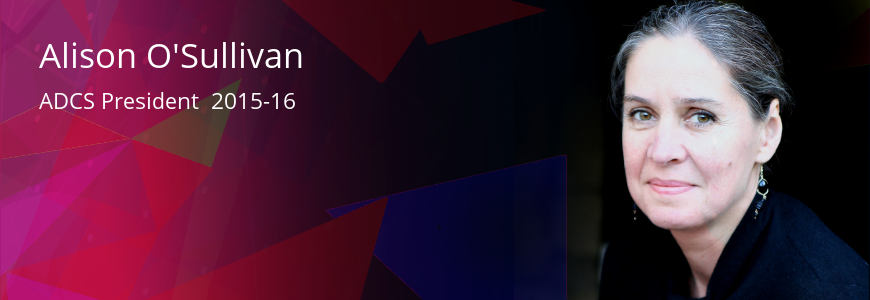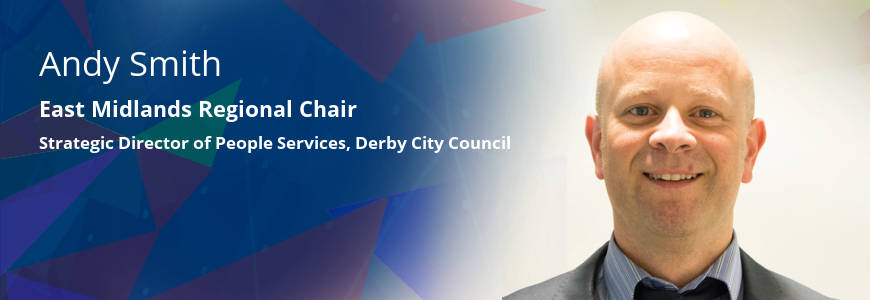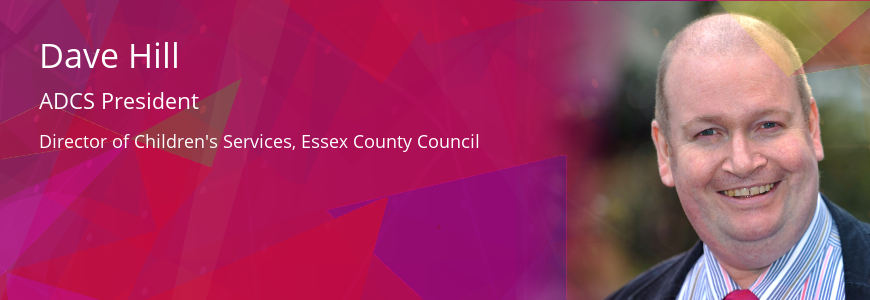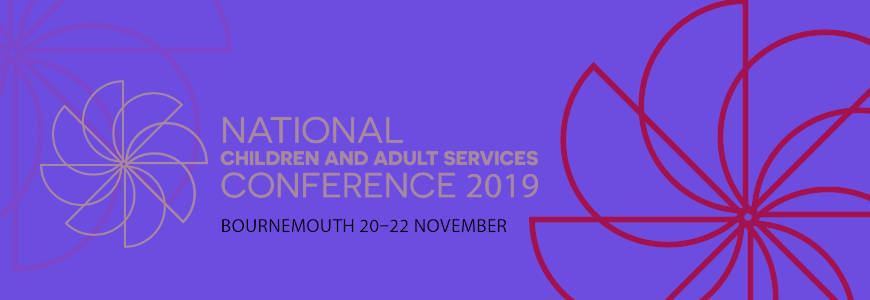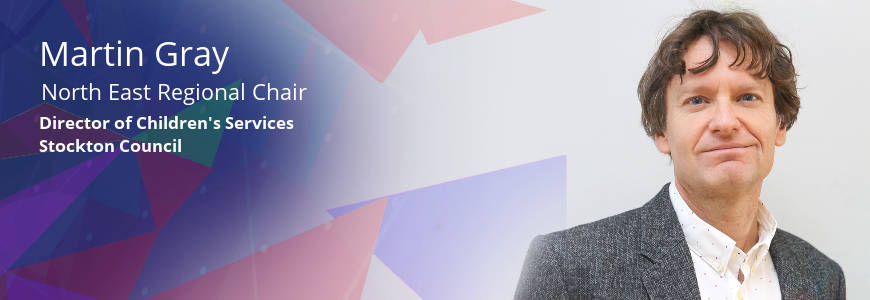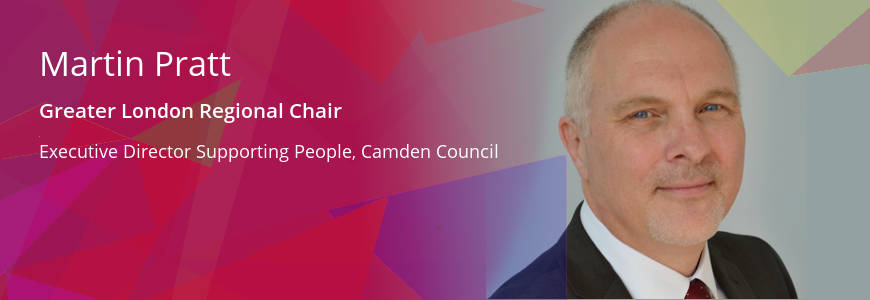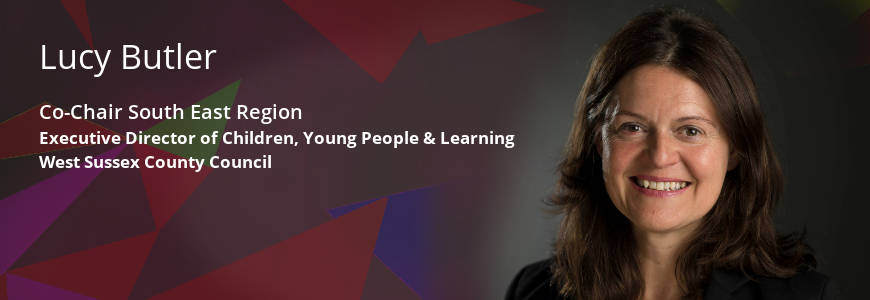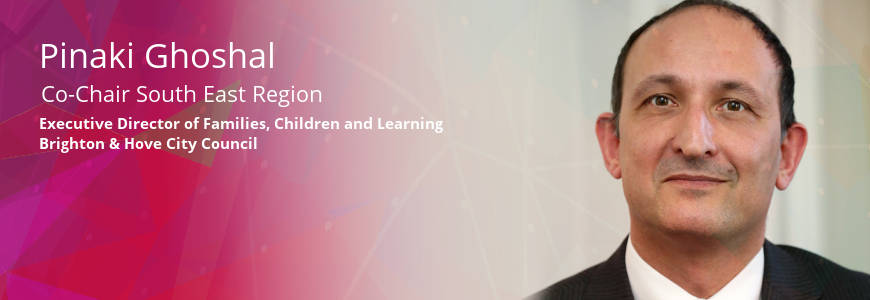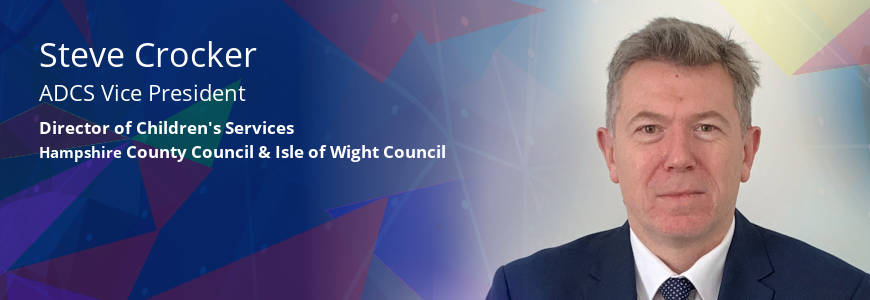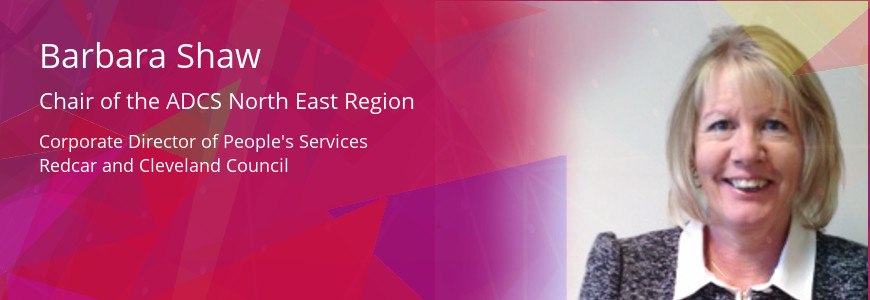The role of the social worker

Sarah Lancashire is right up there as one of my all time favourite actresses, her portrayal of exasperated, downtrodden police officer Sergeant Catherine Cawood in Happy Valley set high expectations of how she would play social worker Miriam in the Channel 4 drama Kiri. It’s safe to say she has split opinions. WARNING: SPOILERS AHEAD. On one hand, there was considerable outrage from some social workers who didn’t recognise the vodka swigging, dog toting Miriam as one of their own and were dismayed by the portrayal of managers who appeared to care more about covering their backs than dealing with the aftermath of the murder of a vulnerable child. Others urged people to remember that this was a work of fiction and that very few dramas provide an entirely accurate reflection of a whole range of professions/professionals. Whatever your view, over three million viewers tuned in to the first episode which shows the sheer level of interest in the important work that we do.
As the drama progressed it became more of an expose of the challenges of race, identity and adoption and the juxtaposition of the rights and concerns for the foster carers and the birth family. For those of us at the heart of children’s social care, these dilemmas are all too familiar and, sadly, so too is dealing with the death of a vulnerable child and the complex repercussions.
So, am I disappointed with Kiri and what it is doing to inform public opinion about the social work profession? Well, sort of, but I’m left reflecting on how difficult it is to accurately portray a profession that works in an intensely private arena - right at the heart of complex family lives. We all shy away from the opportunity to have the camera crew follow our social workers no matter how reputable the production company - somehow it’s just not feasible nor ‘right’. It’s not surprising then that we end up with the dreadful, sensational hidden camera from an ‘undercover’ social worker who has infiltrated a trusting social work team - it is unlikely that these sorts of ‘exposes’ will want to show social care workers as the hard working, dedicated professionals that we know they are. Other portrayals come from our favourite soaps and dramas. The Archers did an ok job with the social workers supporting Peggy cope with Jack’s dementia and the social worker supporting foster children when Caroline and Oliver opened their home and hearts to some ‘disadvantaged children from Birmingham’. Apparently Birmingham is quite near to Ambridge… Whilst the social workers were seen in a positive light, I could see the Indian skirt and open toed sandals despite it being on the radio!
So, the big question is how do we improve the perception of social workers when we live in a society where for every tragedy there has to be a professional to blame and, as we know, that blame can all too often fall to the social workers involved with the child? Where every day social workers are transforming the lives of children and families but these successes are rightly not a cause for public celebration?
Part of the problem is many people struggle to articulate what a social worker, particularly a child and family social worker, does. Relatively small numbers of people have contact with social workers and the significant media coverage surrounding desperately sad situations typically colours perceptions. This is compounded by the lack of a clear narrative about this life-saving work. Wouldn’t it be great if we could get messages out far and wide about how social workers can and do transform lives? This was clear in the final episode of Kiri in a scene where four care leavers told Miriam what a difference she’d made to their lives.
Until then we will all carry on doing our job – which I believe really has to be the hardest job in the public sector. Perhaps, knowing that day in and day out we are helping families stay together; that we help thousands of children live safely and that we change lives for the better is recognition enough.
Related Blog Articles
This week I had an enlightening meeting with KPMG, who are supporting the...
In Care
We have a strong history of collaboration in Yorkshire and Humber and I’ve...
In General
Since the start of the lockdown I’ve found it inspiring how children’s...
In General
Earlier this week I attended a reunion with a group of much valued former...
In General
The National Children and Adult Services Conference 2019 opened on Wednesday 20...
In General
During this last turbulent year, our commitment to supporting our children has...
In General
The turn of the New Year is a time for many to look back at the previous year...
In General
Welcome to my first ADCS blog since taking up my role as Chair of the South West...
In General
Who's to blame? The first question posed whenever there is service failure,...
In General
It’s a running joke that the government’s seasons don’t necessarily tally...
In Health
Is it me, is it the South-East, but have all the workers disappeared? And when I...
In Workforce
My name can be a bit of a give-away, and if your assumption was that I have a...
In General
There’s a lot going on at the moment, what with our new President, the care...
In General
Late last month saw the official launch of Frontline within the North East...
In Workforce
Dealing with distress, expressing hope, showing solidarity and valuing the power...

